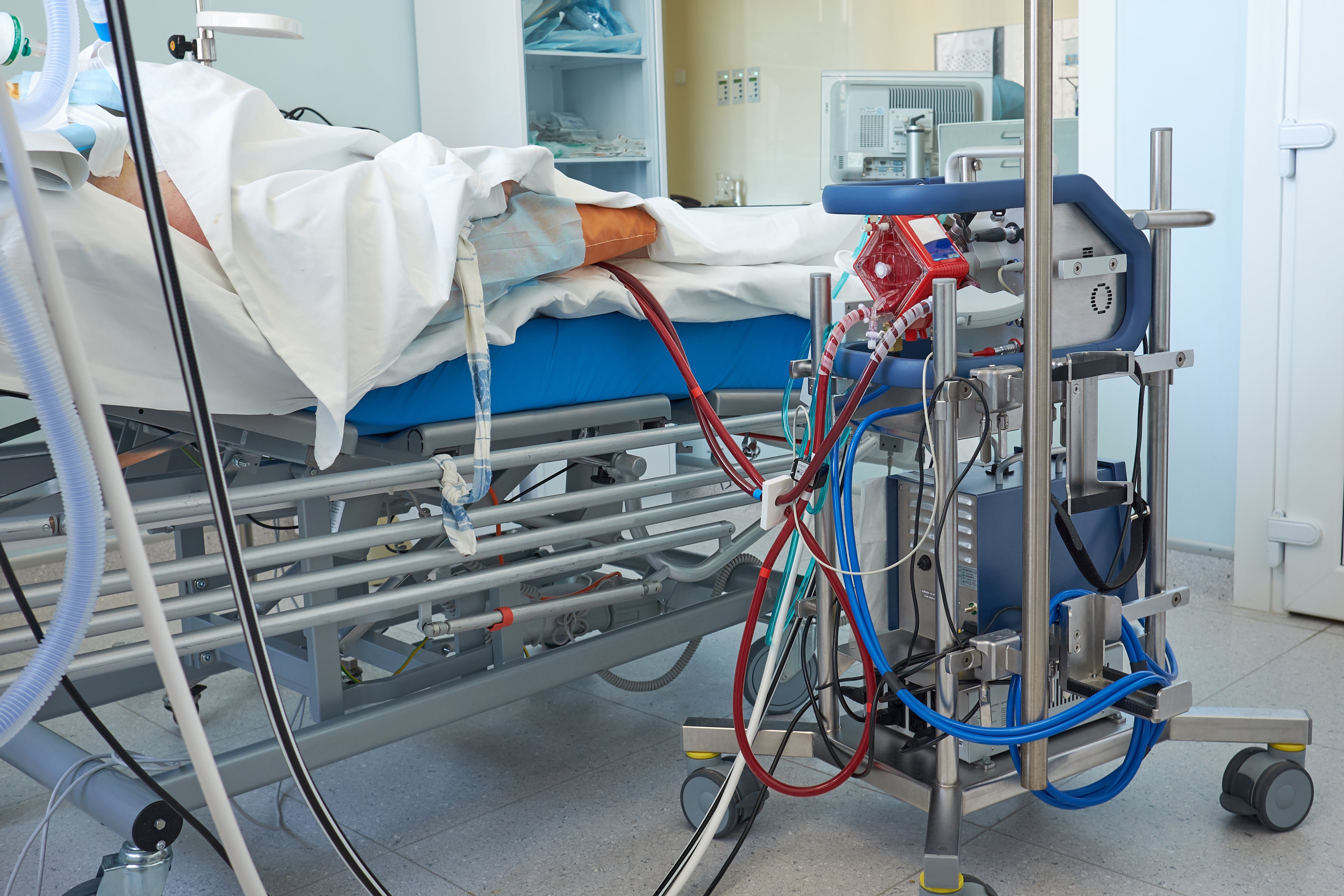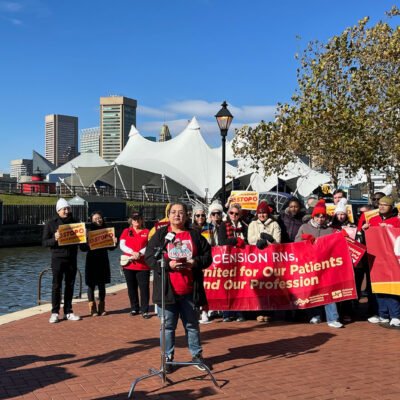
Every year more than 300,000 people in the U.S. die from an out-of-hospital cardiac arrest, making it a leading cause of death. Improved access to cardiopulmonary resuscitation (CPR) and defibrillators—devices that use an electric shock to restore a person’s heartbeat—have helped increase survival rates somewhat, but about 90 percent of cases are still fatal. Recent studies have found that combining traditional CPR with a process called extracorporeal membrane oxygenation (ECMO), which helps deliver oxygen to the brain and other vital organs via a device similar to a heart-lung bypass machine, can significantly boost a person’s chances of survival after cardiac arrest.
In 2020 a randomized clinical trial of this approach, known as extracorporeal cardiopulmonary resuscitation (ECPR), at the University of Minnesota showed that the technique resulted in a survival rate of 43 percent, compared with 7 percent in standard care. The result was deemed so successful that the National Institutes of Health terminated the study early, arguing that it would be unethical to deprive eligible people of the treatment.
The Minnesota trial focused on a subset of cardiac arrests that initially responded to defibrillation, but other studies indicate that ECPR can help in nonshockable cases, too. Still, technical and logistical challenges may keep the procedure from becoming the standard of care for cardiac arrest outside of large academic hospitals.
The basic technology behind ECPR has existed since the 1950s, when both CPR and the first heart-lung machines were developed. Although the ECMO process, during which a person’s blood is removed, oxygenated and pumped back into their body, became simpler over time, it was mostly used in operating rooms and neonatal intensive care units. That changed in 2009 when physicians in Asia began using ECMO to treat people who were hospitalized with H1N1 influenza, and the technology became more widely available. Use of ECMO during the COVID pandemic further increased interest in the approach.
But treating cardiac arrest with ECMO can be expensive—costing hospitals tens of thousands of dollars per patient—and technically challenging. The ECPR team at the University of Minnesota is considered one of the best in the world. Demetri Yannopoulos, director of the university’s resuscitation medicine center, is a highly trained and experienced specialist, and the university’s hospital is fully equipped to handle ECPR patients and provide them with the lengthy and involved care they frequently require after the procedure. “If you don’t give people time to survive, you are going to have worse outcomes,” Yannopoulos says.
Other hospitals have failed to find a clear benefit from ECPR. A study published earlier this year by a group in the Netherlands found no significant difference in survival rates between people who received ECPR after a cardiac arrest and those who didn’t. None of the hospitals involved in the study had much experience administering ECPR, however, and it took them considerably longer, on average, than the University of Minnesota hospital to complete the procedure successfully—a crucial factor, given the time-sensitive nature of cardiac arrest.
One of the main reasons cardiac arrest is so deadly is that it occurs rapidly. Unlike a heart attack, which can develop gradually over hours, cardiac arrest typically occurs suddenly and without warning. Within seconds, the heart stops beating, and blood stops circulating, cutting off the brain’s oxygen supply. Chest compressions can restore blood circulation but only partially. “CPR is not perfect. It circulates blood far less effectively than regular circulation,” says Joseph Tonna, an emergency intensivist who performs ECPR at the University of Utah.
In contrast, ECPR can fully restore a person’s circulation. It’s also invasive and more complicated to execute, however. A clinician—usually a physician with specialized training—has to insert large tubes into a patient’s femoral blood vessels while that person receives chest compressions. The procedure can also cause excess bleeding because people are often given blood thinners to prevent clots, which can clog the ECMO device that oxygenates the blood. All the while, the clock is ticking, with the likelihood of survival dropping by about 20 percent every 10 minutes.
For many people who have a cardiac arrest, ECPR is not even an option because they live too far away from a large hospital, where, until recently, ECPR had to be performed. Experts have been working to change that, though. Yannopoulos’s team in Minneapolis has started using an ECMO-equipped vehicle to reach people in rural and suburban areas, as have groups in a few other cities. In 2019 a team at the University of New Mexico debuted an ambulance outfitted with a hand-crank-powered ECMO machine, which makes the device easier to set up and more affordable to use. “I’m really trying to get it as simple as possible,” says Jonathan Marinaro, an emergency medicine professor at the university, who spearheaded the program.
Eventually, perhaps in the next 10 years, Tonna says, the ECPR process may become simple enough that nonphysicians will be able to perform it, which could greatly expand the procedure’s use. But increasing the number of hospitals that currently offer ECPR could also potentially save many lives because enough of the roughly 350,000 out-of-hospital cardiac arrests that occur in the U.S. per year happen near healthcare facilities. A recent study calculated that fewer than 2 percent of people in the U.S. who have a cardiac arrest are eligible for ECPR, based on their location and patient selection criteria. “The challenge is the variability in our health care system,” says Cindy Hsu, an emergency physician and intensivist at the University of Michigan, who co-authored the study.
Even hospitals that have an ECMO program may not be prepared to care for people who’ve had a cardiac arrest after they’ve received ECPR. Complications, including internal bleeding and multiple organ failure, may necessitate surgery and other interventions. Additionally, people have to be treated for the underlying problems that led to their cardiac arrest. Clinicians want to ensure that people get adequate time to recover. There are also concerns, however, that ECPR could leave people in an untenable state if, for example, they survive but are left with severe brain damage or are unable to survive outside the hospital. “That is absolutely a problem with ECMO, but it’s a problem with every new technology that offers life support,” says Stephen Latham, director of the Yale University Interdisciplinary Center for Bioethics.
Ultimately, ECPR is not a cure for cardiac arrest. “It’s basically a salvage intervention—perfusing and giving the body time to recover, if it can,” Yannopoulos says. Yet for now, it may be the best chance of survival for people whose life would otherwise be cut short. “Some of these patients are quite young, so we’re extending their lives by another several decades, and they can have a functional life afterward,” Hsu says.



